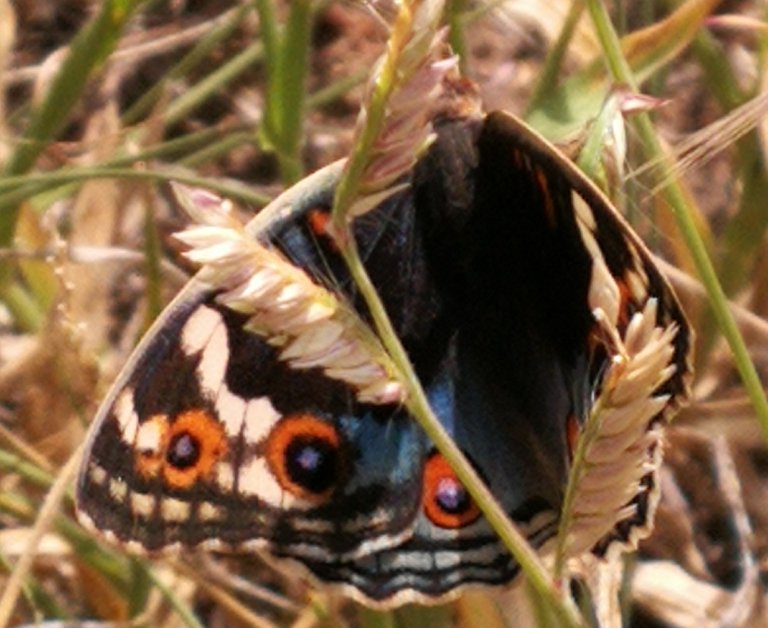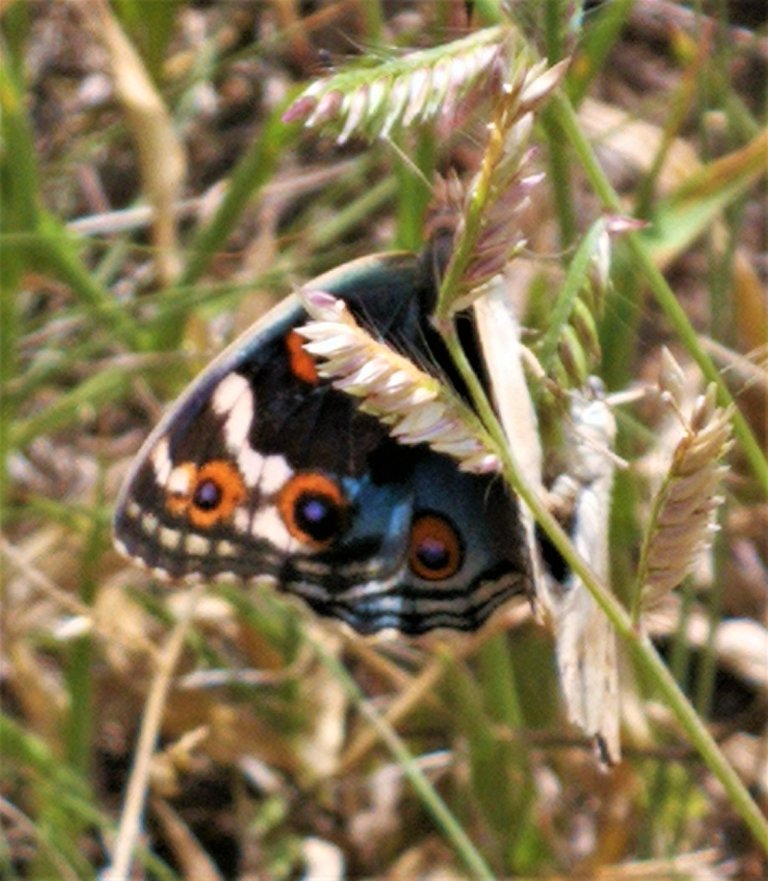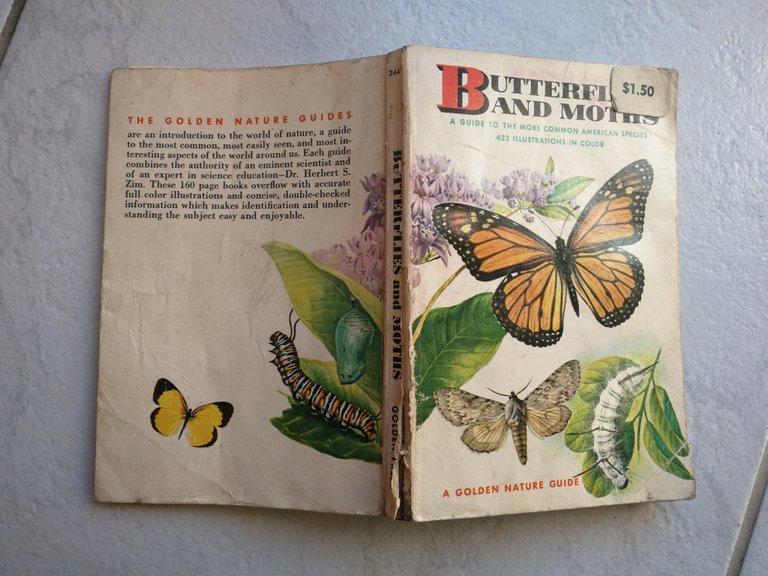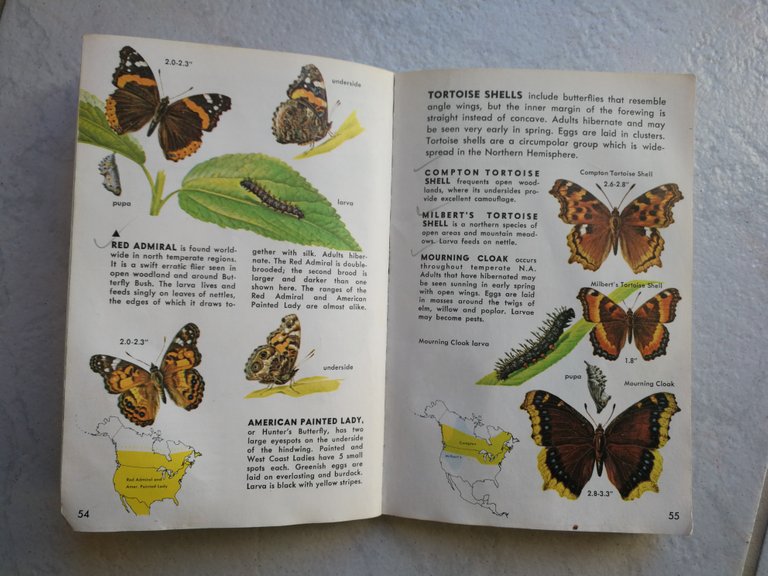While I was waiting for the experts to come and plant Herbert the River Bushwillow on Monday, I noticed a butterfly flying rather oddly in the tallish grass near where Herbert was to find his new home. When I was growing up I was a real butterfly and moth fiend and had memorised all the common forms of these flying insects from larval (caterpillar) through pupal and adult stage of their life cycle. I was never very good at recognising egg masses. But I know when a butterfly has an odd flying pattern, and this one frankly looked pretty - if it would just stay still for a sec! - so I bent over for a closer look.

I sent the photos to one of our resident expert lepidopterists, who pronounced it is the Eyed Pansy, apparently a widespread but uncommon species.
According to our expert, it is "much less common than both the yellow and blue pansy", which of course sent me scampering to find out more about these Pansys.
Some background
Here's what the nature site Vuurvliegie.net had to say about the Eyed Pansy:
The Eyed Pansy has its territories on hill tops, ridges and will sit on the ground or on low vegetation. It will chase away intruders to its territory even if the intruders are bigger butterflies than itself. The Eyed Pansy is common, but not as common as the Yellow Pansy. Can be found from Eastern Cape to KwaZulu Natal, Swaziland, Mpumalanga, Limpopo, Gauteng, Freestate, Northern Cape and North West Provinces. Their habitats include hill tops, parks, gardens and forest edges. It’s larval food is Scrophulariaceae – snapdragons, and the common South African foodplant is Graderia subintegra – Wild Penstemon.
Most of this information was supplied from Steve Woodhall's book “Field Guide to Butterflies of South Africa” (unfortunately the link on that website to the book didn't work - disappointing).
On closer inspection, I realised why it was flying oddly
Have a close look at the right hand side of this butterfly. I mean a really close look.

Can you see that?
Yes, it's the female.
They were mating, and wouldn't stop moving around. That activity coupled with the light breeze means it took me at least ten shots to get these two shots, and none of the zoomed shots were in focus so I've resorted to cropping the zoomed out shots which showed the most butterfly in focus.
According to our expert, "Both males and females have these beautiful colours but the male has some orange under the wing whilst the female is just pale under the wing."
Just to give you an idea how much of a lepidopter-geek you're dealing with....
This was one of my favourite books growing up.

Seriously, this book was pored over for hours and hours so I could memorise what each butterfly's life cycle was.
Check the triumphant check marks when I'd see one I knew was supposed to be in the area:

I have to say I really had a thing for Mourning Cloak butterflies and their caterpillars. The butterflies were one of the first to come out in Spring, if I remember correctly.
And see how every one of those is checked? It probably took me a couple of years to manage that, wandering through our own nearby fields and woods as well as enjoying Girl Guide camps farther afield that held different attractions for butterflies and moths that wouldn't come to our plain suburb - they wanted the exotic lifestyle offered by the Laurentian mountains or the Eastern Townships of Quebec. Better yet, the wilds of the states of Maine or Vermont...those were paradise for the junior schmetterlingerfanger (butterfly catcher).
And how about the swallowtail family, which I'm delighted to report is well-represented in South Africa (at least in our garden)?

Do you see those orange thingies protruding from the Black Swallowtail caterpillar's head? Well, I can still remember how they smell. It's a defense mechanism that works because the unpleasantness of the smell is usually enough to drive off a predator, and I suppose the bright orange protuberances appearing all of a sudden could add to the caterpillar's ferocious appearance.
Ferocious caterpillar. Yeah. Think I'd better leave it there for this Friday evening! Have a great weekend, all!

Team South Africa banner designed by @bearone